This guide explains the science behind microphone sensitivity, pickup patterns, and mic engineering in OEM...
How to Clean & Maintain Your Karaoke Microphone for Better Sound & Hygiene
A good karaoke experience depends on high-quality equipment, and that includes taking care of your microphone. Whether you use a handheld mic or the best wireless lavalier microphone, regular maintenance is essential to ensure clear sound and durability. If you’ve ever searched for a karaoke machine near me, you know that good audio gear can be an investment, so keeping it in top shape is important. Many performers also use the best wireless headphones with mic to monitor their singing, but even the best equipment can degrade over time without proper care.
In this guide, we’ll cover how to properly clean and maintain your karaoke microphone, whether it’s wired, wireless, or a lavalier mic. We’ll also go over best practices to extend its lifespan and keep it sounding great for every performance.
Why Cleaning and Maintaining Your Microphone is Important
A dirty microphone doesn’t just look bad—it can affect sound quality, spread bacteria, and even shorten the mic’s lifespan. Over time, microphones collect dust, moisture, and germs from frequent use. If you’ve ever used a karaoke machine near me in a public setting, you’ve probably shared a mic with multiple people, increasing the risk of bacteria buildup.
By regularly cleaning your microphone, you can:
• Improve sound clarity by preventing dust from clogging the mic grille.
• Prevent damage caused by moisture, saliva, and dirt buildup.
• Reduce the spread of germs, especially in shared karaoke environments.
• Extend the microphone’s lifespan, saving you money on replacements.
Whether you use a standard karaoke mic or the best wireless lavalier microphone, proper cleaning will ensure long-term performance and reliability.
How to Clean Your Karaoke Microphone
1. Cleaning the Microphone Grille
The grille is the part of the microphone that captures your voice, making it the most exposed to dirt, dust, and moisture. Here’s how to clean it properly:
Steps:
1. Detach the grille (if removable). Many karaoke microphones have a detachable metal mesh grille. Unscrew it carefully.
2. Soak it in warm, soapy water for a few minutes to loosen dirt and debris. Use mild dish soap to avoid damaging the metal.
3. Scrub gently with a soft-bristled toothbrush to remove built-up dust and grime.
4. Rinse and dry completely before reattaching. Let it air dry or use a microfiber cloth to remove excess moisture.
For microphones with non-removable grilles, use a soft brush or compressed air to remove dust.
2. Disinfecting the Microphone
Since microphones are often used close to the mouth, they can carry bacteria and viruses. Disinfecting your mic regularly is crucial, especially if it’s shared.
Steps:
1. Use an alcohol wipe or disinfectant spray (with at least 70% isopropyl alcohol) to clean the microphone’s surface.
2. Avoid spraying directly on the mic—instead, spray on a cloth and wipe gently.
3. Let it dry completely before using again.
If you frequently use a karaoke machine near me at public venues, consider bringing your own mic cover or foam windscreen for added hygiene.
3. Cleaning the Internal Components
If your microphone starts sounding muffled, dust or debris may have entered the internal components. Regular maintenance can prevent long-term issues.
Steps:
1. Open the mic casing (if your model allows it) and carefully dust off the internal parts with a dry, soft brush.
2. Use compressed air to remove debris from small crevices.
3. Check for corrosion on battery terminals if using a wireless mic. Clean with a cotton swab and a bit of rubbing alcohol.
4. Cleaning a Lavalier Microphone
If you’re using the best wireless lavalier microphone, cleaning requires extra care due to its small size and delicate build.
Steps:
1. Wipe down the mic capsule with a microfiber cloth lightly dampened with alcohol.
2. Use a fine brush or compressed air to clean the mic’s mesh screen.
3. Inspect the clip and cable for dust and dirt, wiping them down as needed.
Because lavalier mics are often clipped to clothing, they collect fabric fibers and sweat, making regular cleaning essential.
How to Maintain Your Karaoke Microphone
Cleaning is just one part of microphone care. Proper maintenance ensures it stays in good condition over time.
1. Store Your Microphone Properly
Storing your microphone correctly prevents physical damage and dust buildup.
• Use a protective case to keep dust and moisture out.
• Store in a cool, dry place to avoid humidity damage.
• Keep the mic upright if using a stand, preventing unnecessary stress on internal components.
2. Handle Your Microphone with Care
Even if you have the best wireless lavalier microphone, mishandling can shorten its lifespan.
• Avoid dropping your microphone, as it can damage internal wiring.
• Don’t tap or blow into the mic to test it—this can harm the diaphragm. Instead, test by speaking at a normal volume.
• Unplug or power off wireless mics when not in use to extend battery life.
3. Protect Your Microphone from Moisture
Moisture is one of the biggest threats to microphones. Saliva, humidity, and sweat can damage sensitive components.
• Use a foam windscreen to absorb moisture from breath and saliva.
• Avoid using your mic in high-humidity environments for long periods.
• Let the mic air out after use to prevent internal condensation.
4. Maintain Your Wireless Microphone Battery
If you’re using a wireless karaoke mic, battery care is essential.
• Use high-quality rechargeable batteries for the best performance.
• Don’t leave batteries inside the mic when not in use for long periods.
• Charge your mic properly, avoiding overcharging, which can shorten battery life.
These tips also apply to the best wireless headphones with mic, as their batteries require similar care.
Common Mistakes to Avoid
• Using harsh cleaners like bleach or ammonia, which can damage mic surfaces.
• Ignoring windscreen maintenance—windscreens trap moisture and need regular cleaning.
• Over-tightening connectors when assembling or disassembling parts, which can cause wear.
• Leaving your mic plugged in when not in use, which can drain battery life.
If you use a karaoke machine near me at different venues, carrying a personal mic or disposable mic covers can help maintain hygiene.
Conclusion
Taking care of your karaoke microphone is essential for maintaining sound quality, hygiene, and durability. Whether you use a wired mic, the best wireless lavalier microphone, or even the best wireless headphones with mic for monitoring, regular cleaning and maintenance will keep your equipment performing at its best.
If you frequently search for a karaoke machine near me, remember that public karaoke setups can expose your mic to germs and dirt, making personal mic care even more important. By following these cleaning and maintenance tips, you can extend the life of your microphone and enjoy better sound quality for all your karaoke performances.

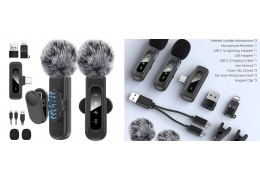

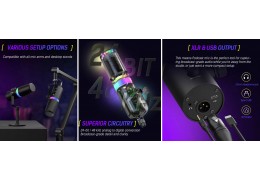
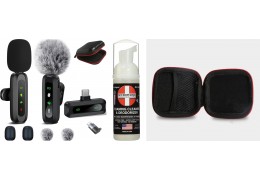

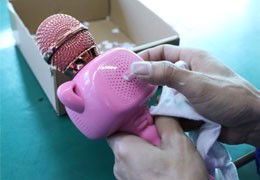



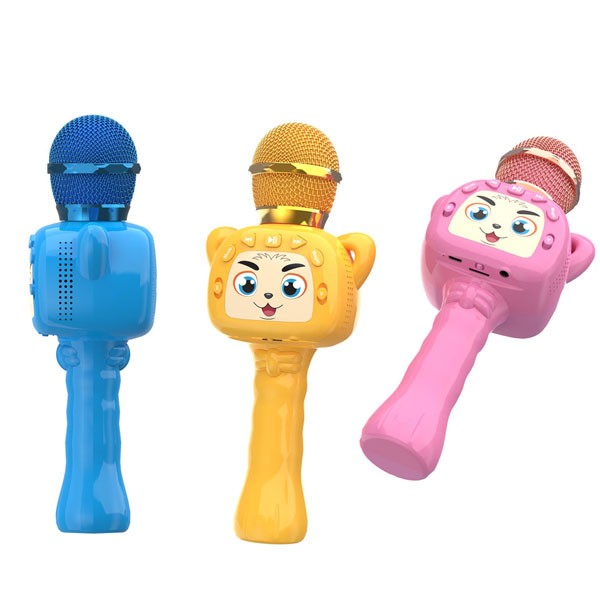
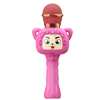

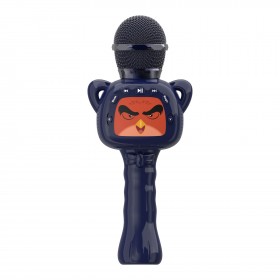


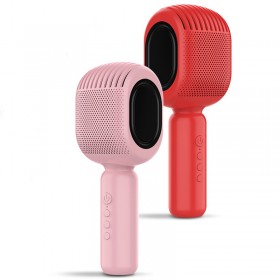

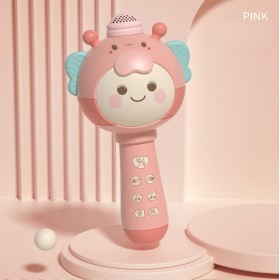
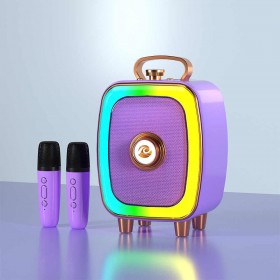
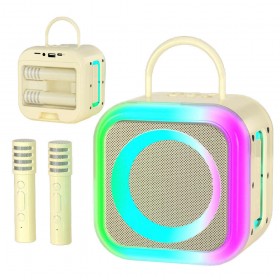
Latest comments